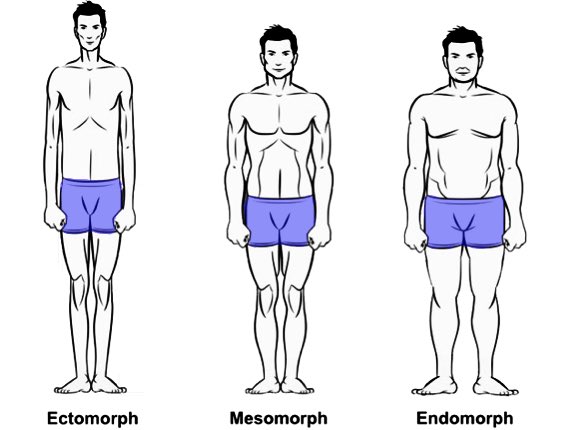A thread on how body types affect athletic potential & how athletes succeed
Any S&C coach knows that some athletes respond better to certain types of training more than others.
Genetics are a huge component of this. Let’s break down how body shapes can influence our training...
Any S&C coach knows that some athletes respond better to certain types of training more than others.
Genetics are a huge component of this. Let’s break down how body shapes can influence our training...
First, anatomy.
When we “absorb” force into our body (ground contact), our pelvic floor descends eccentrically as the pelvis externally rotates (hand drops)
When we create force (i.e. jumping), our pelvic floor ascends as our pelvis goes into internal rotation (hand rises).
When we “absorb” force into our body (ground contact), our pelvic floor descends eccentrically as the pelvis externally rotates (hand drops)
When we create force (i.e. jumping), our pelvic floor ascends as our pelvis goes into internal rotation (hand rises).
This has to do with internal pressures of the body, gravity, & momentum.
Of course, the elastic properties of tissues (stretch-shortening cycle) play a huge role here, but the pressures of the body & pelvic floor often go under-appreciated.
Of course, the elastic properties of tissues (stretch-shortening cycle) play a huge role here, but the pressures of the body & pelvic floor often go under-appreciated.
We’ve heard the terms “Endomorph” and “Mesomorph” before. These are not new ideas.
I want to preface this by saying I am using Somatotypes as a reference point for helping people visualize this theory.
I am more concerned with the relationship between the shoulder/hip ratio.
I want to preface this by saying I am using Somatotypes as a reference point for helping people visualize this theory.
I am more concerned with the relationship between the shoulder/hip ratio.
Mesomorph: These are the people everyone envies.
They don’t half to try as hard to be jacked, they’re more “elastic”, and naturally more explosive.
This can have some to do with the relative shape of their body & how their pelvic floor can "spring" pressure pushed down into it.
They don’t half to try as hard to be jacked, they’re more “elastic”, and naturally more explosive.
This can have some to do with the relative shape of their body & how their pelvic floor can "spring" pressure pushed down into it.
Because of their more “funnel-like” structure, they can push pressure downward in a concentrated manner.
Dwight Howard is a perfect example.
Because these athletes are great at producing force, they’re often limited in absorbing force eccentrically.
Dwight Howard is a perfect example.
Because these athletes are great at producing force, they’re often limited in absorbing force eccentrically.
I’ve found success prioritizing training these people to become more proficient through eccentric force absorption via things like:
- Tempo squats
- Yielding isometric lunges
- Yielding med ball work
- Tempo squats
- Yielding isometric lunges
- Yielding med ball work
Endomorph: These are the people that don’t respond as quickly to traditional S&C work relative to Mesomorphs.
These tend to be offensive linemen-types. Nikola Jokic is a prime example of this.
These athletes tend to succeed through brute force, but struggle to be explosive.
These tend to be offensive linemen-types. Nikola Jokic is a prime example of this.
These athletes tend to succeed through brute force, but struggle to be explosive.
Because they have more of a "cone-like" structure, their pelvic floor can not as easily "spring" pressure back up due to their (relatively) lower concentration of mass.
Think of the pelvic floor like a trampoline. Which of the two types will be more “springy”?
Think of the pelvic floor like a trampoline. Which of the two types will be more “springy”?
I have seen success training these people through methods that help unload their weight.
Band-assisted jump, cut, etc work is nice here as it allows the pressures to be distributed faster.
Band-assisted jump, cut, etc work is nice here as it allows the pressures to be distributed faster.
Box squats with an emphasis on power are also a great tool here as it teaches them to rapidly propel from a stop.
These are not 100% black & white. In reality most people are on a spectrum of these two types.
But I have found that this matters and wanted to share this *theory* I’m working with. Hope you enjoyed!
Thank you to Alex Pacitti & @jackandersonIII for helping me on this.
But I have found that this matters and wanted to share this *theory* I’m working with. Hope you enjoyed!
Thank you to Alex Pacitti & @jackandersonIII for helping me on this.

 Read on Twitter
Read on Twitter







